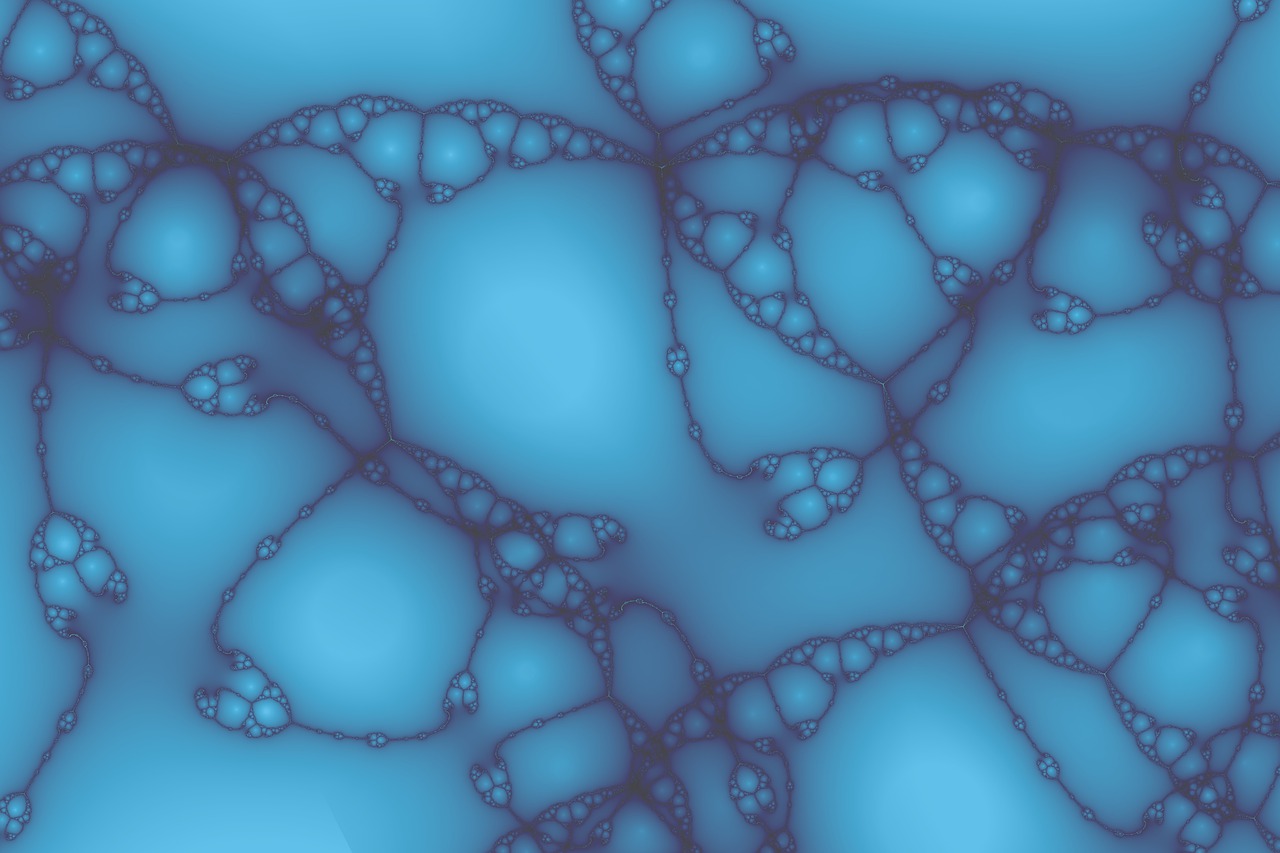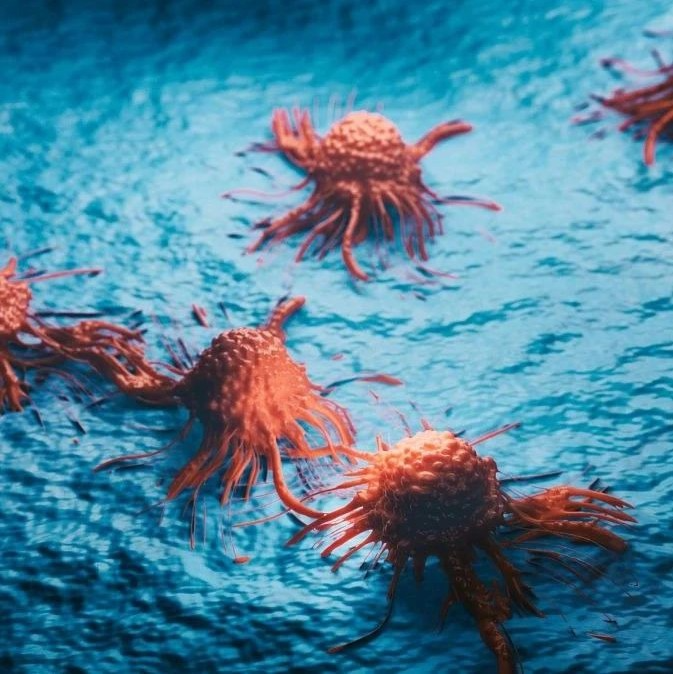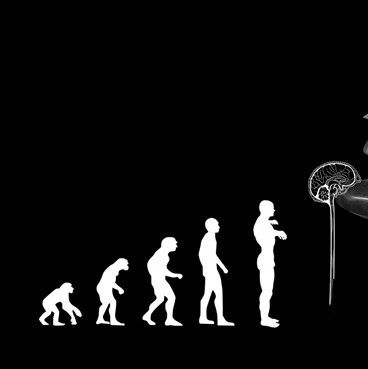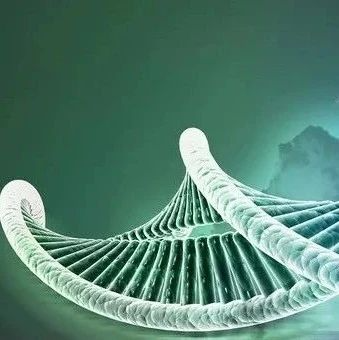中心粒是由含有九个微管的圆柱形阵列组成的细胞器,是纤毛、鞭毛和在动物细胞内组织微管结构的中心体的形成所必需的。中心粒复制的异常调控可导致癌症和若干种纤毛疾病。
中心粒蛋白Plk4 (Polo-like kinase 4)已知是中心粒组合体的一个关键调控因子,现在David Glover及其同事识别出,中心粒的一个成分Asterless是Plk4和中心粒形成所必需的另一种蛋白进行结合的一个骨架,在促进中心粒复制中起关键作用。
荐英文摘要:
Nature doi:10.1038/nature09445
Asterless is a scaffold for the onset of centriole assembly
Nikola S. Dzhindzhev,Quan D. Yu,Kipp Weiskopf,George Tzolovsky,Ines Cunha-Ferreira,Maria Riparbelli,Ana Rodrigues-Martins,Monica Bettencourt-Dias,Giuliano Callaini" David M. Glover
Centrioles are found in the centrosome core and, as basal bodies, at the base of cilia and flagella. Centriole assembly and duplication is controlled by Polo-like-kinase 4 (Plk4): these processes fail if Plk4 is downregulated and are promoted by Plk4 overexpression1, 2, 3, 4, 5, 6, 7. Here we show that the centriolar protein Asterless (Asl; human orthologue CEP152) provides a conserved molecular platform, the amino terminus of which interacts with the cryptic Polo box of Plk4 whereas the carboxy terminus interacts with the centriolar protein Sas-4 (CPAP in humans). Drosophila Asl and human CEP152 are required for the centrosomal loading of Plk4 in Drosophila and CPAP in human cells, respectively. Depletion of Asl or CEP152 caused failure of centrosome duplication; their overexpression led to de novo centriole formation in Drosophila eggs, duplication of free centrosomes in Drosophila embryos, and centrosome amplification in cultured Drosophila and human cells. Overexpression of a Plk4-binding-deficient mutant of Asl prevented centriole duplication in cultured cells and embryos. However, this mutant protein was able to promote microtubule organizing centre (MTOC) formation in both embryos and oocytes. Such MTOCs had pericentriolar material and the centriolar protein Sas-4, but no centrioles at their core. Formation of such acentriolar MTOCs could be phenocopied by overexpression of Sas-4 in oocytes or embryos. Our findings identify independent functions for Asl as a scaffold for Plk4 and Sas-4 that facilitates self-assembly and duplication of the centriole and organization of pericentriolar material.







